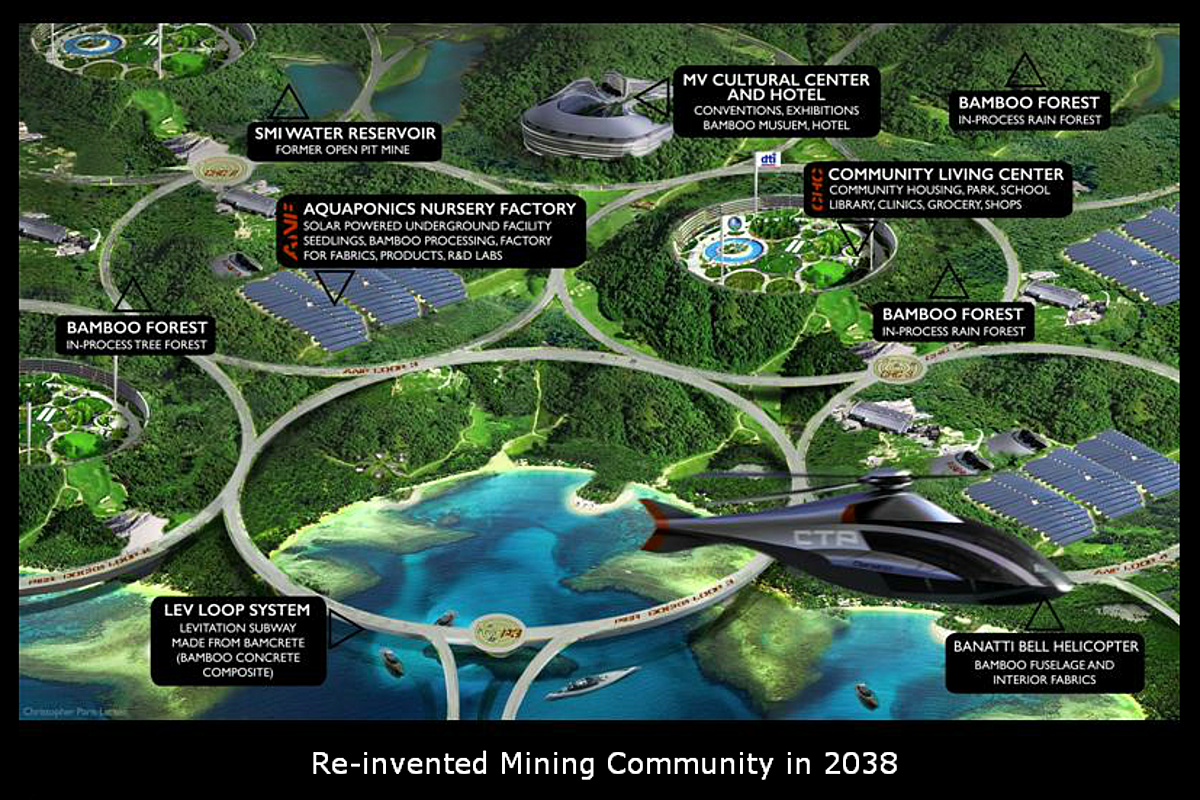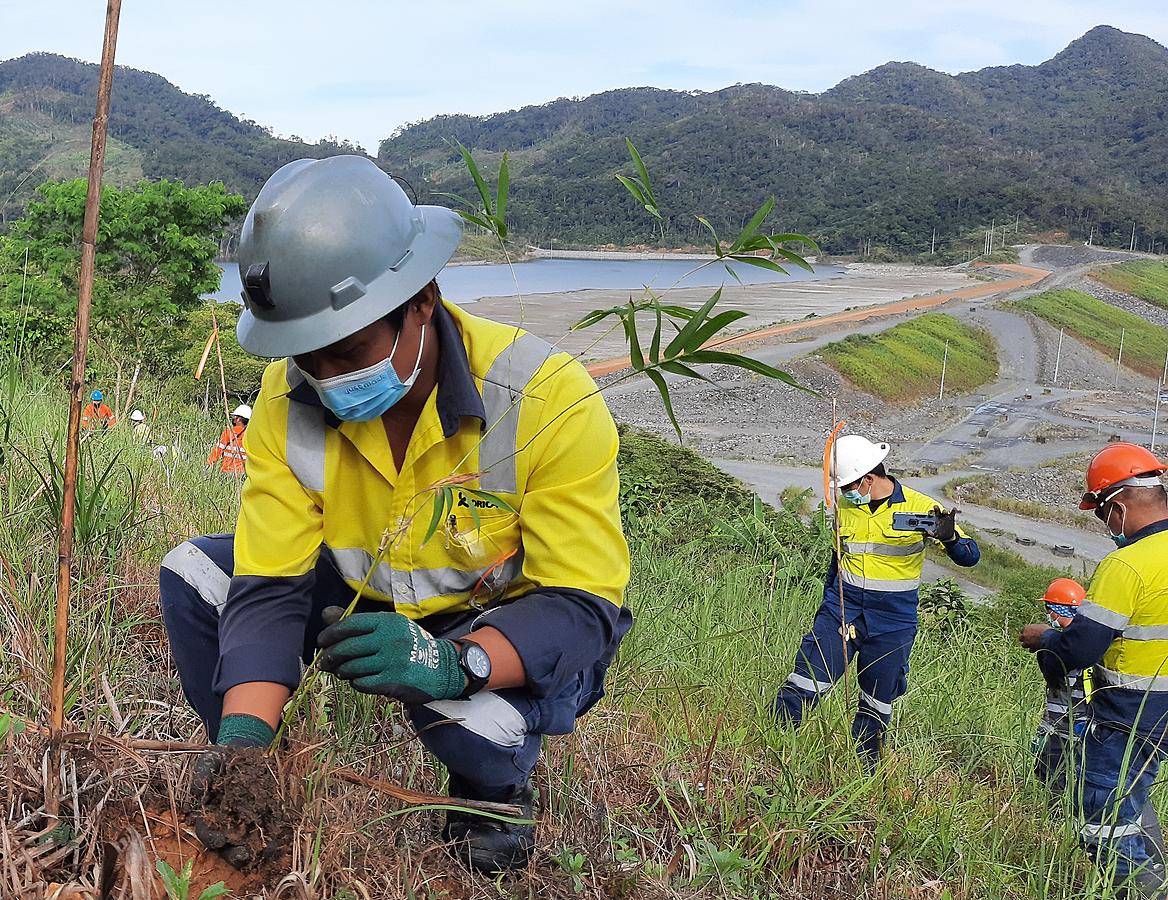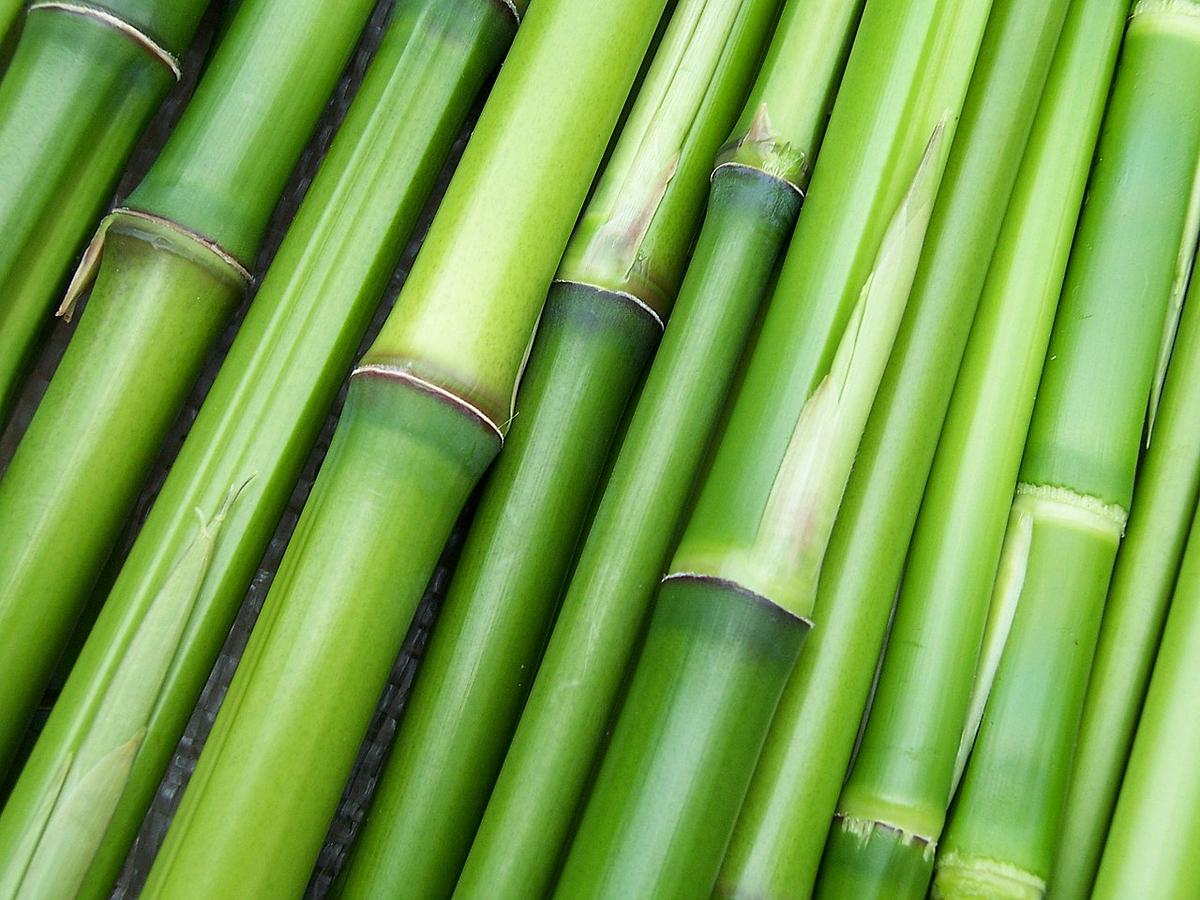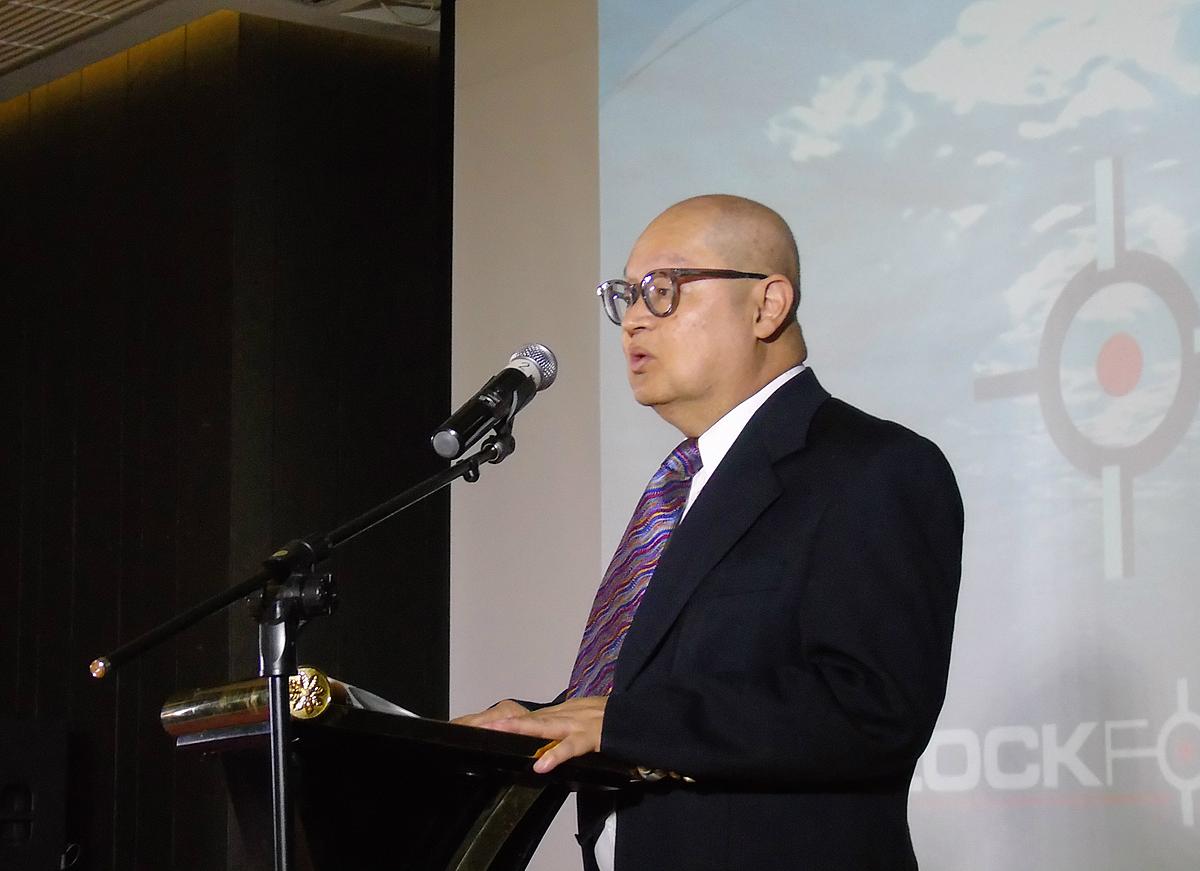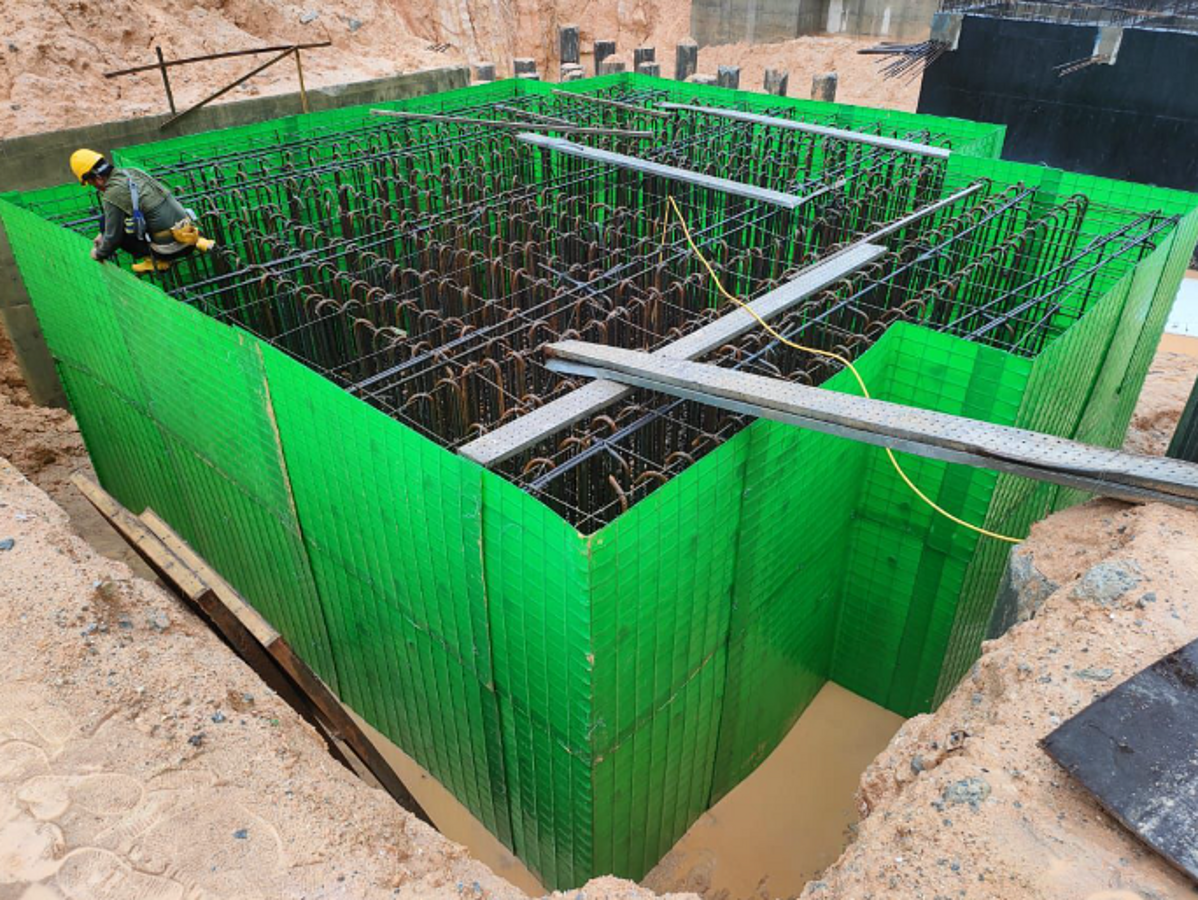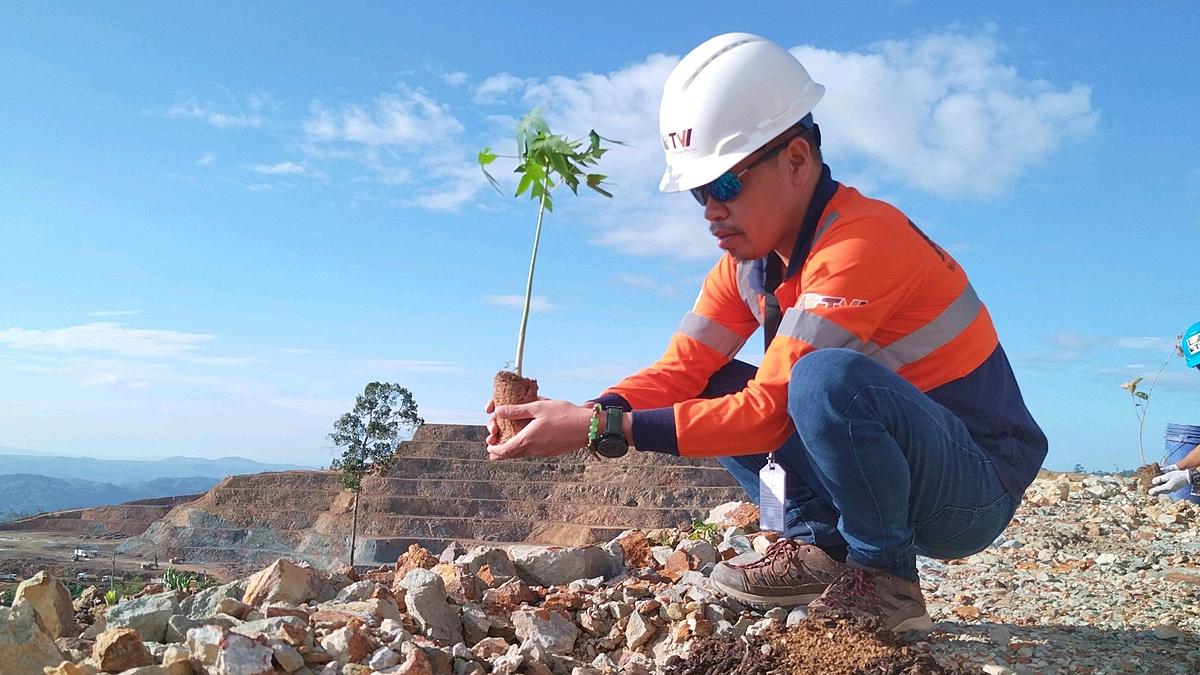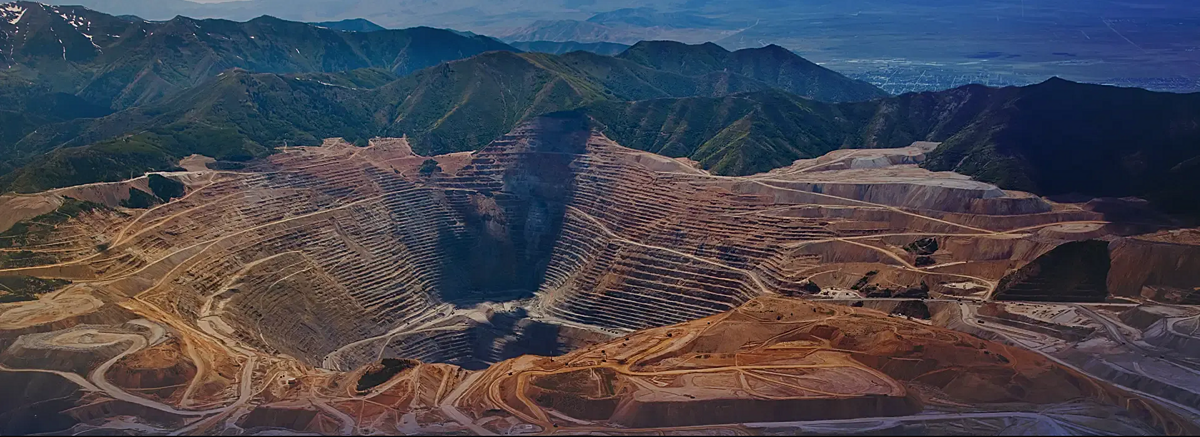[Photo credit: Atty. Leo G. Dominguez, slide presentation]
Most of us have the impression that bamboo is only useful in building nipa huts or creating furniture. There is actually far more about this plant than most of us are aware of. Let’s begin as far back as the 1950s when bamboo technology was used in aviation. Do you know that a Filipino named Antonio De Leon designed two airplanes in 1950s using WOBEX (Woven Bamboo Experimental), a resin reinforced woven bamboo composite? He was from the Institute of Science and Technology (IST), a national science board previously known as Bureau of Science (1905, from the American era), the predecessor of our present-day Department of Science and Technology (DOST).[1]
Mr. De Leon’s first experimental aircraft was the I.S.T. XL-14 Maya, a single-engine, light aircraft designed to investigate the use of indigenous materials in aircraft construction. [2] He later designed the I.S.T. XL-15 Tagak (swan) using the same WOBEX technology. This is a single-engine, twin-boom, high-wing monoplane. It made its first flight in October 1954. This project was a collaboration with the Philippine Air Force with a goal to design an aircraft for utility, liaison, medical emergency, and a test bed for the use of local materials in aviation. [3]
Tagak (1954). Institute of Science and Technology’s [IST] Antonio De Leon designed these two experimental airplanes using WOBEX (Woven Bamboo Experimental), a technology that uses reinforced bamboo as materials in aviation. IST was founded in 1946 which aims to develop science and technology in the country. It was later named National Science Development Board in 1958. Eventually in 1981, President Marcos reorganised its agencies with a new name, National Science and Technology Authority. Then, it was later renamed as Department of science and Technology (DOST) by President Corazon Aquino in 1987.
Bamboo is also called a “Super Grass”. Yes, a super grass that presents sustainable solutions from rehabilitation of mined-out land. It also offers proven ecological solutions to climate change and social economic problems. No other plant offers the same package in such a short period of time.
Ahead of its time, nearly 70 years ago, bamboo-technology was already used for aviation. Today, there are many fascinating stories on how bamboo can impact our country’s advancement, not only with bamboo technology, but manifold social enterprises and agro-industries that grow from planting bamboo with the end in mind.
These powerful topics were discussed by Atty. Leo G. Dominguez during the Mining Philippines Conference in September 2018. Atty. Dominguez connected the dots for many people in several sectors of society (such as the mining industry) with the introduction of high value product design, planting programs, social enterprise manufacturing, and how holistic agriculture can greatly benefit from the super grass.
Atty. Dominguez presented a report entitled “Bamboo: From Advocacy to Changing the Conversation about Mining in the Philippines”. He is the President of OLLI Consulting Group, Inc. and an advocate in promoting the bamboo’s socio-economic importance and its role in the mining industry.
He began his report by comparing the super grass with trees. Trees are only useful if they are fruit-bearing and can offer economic value to a community. “If trees are planted within Mining Communities but if they are not fruit bearing, they will eventually be cut down in the name of poverty, mainly for firewood, or the freshly-planted forest could mysteriously burn down, so that the community that planted the initial trees would be paid again to replant them. Since the bamboo is not a tree (but is actually classified as a grass in Botany), it has qualities that make it a compelling, lucrative and sustainable alternative,” he stated.
Bamboo is coined as a “Super Grass” because it is the fastest-growing plant in the world. It can grow up to 35 inches a day in ideal conditions. Bamboo addresses climate change by sequestering carbon 400 times more than trees, and reducing carbon release. In general, bamboo is flexible and adaptive. If offers restoration to mined out areas and provides numerous possibilities for livelihood enterprises.
Moreover, Atty. Dominguez stated that, “Because bamboo is a grass, it is not subject to the heavy government regulations affecting the cutting of trees. Depending on species, soil and climate conditions, bamboo can live about 60-100 years. Bamboo can be harvested continuously during its lifetime.”
He then asked the audience, “Now, what does bamboo have to do with mining?”
Atty. Dominguez continued by saying, “In his talk before the Philippine Mining Luncheon on 8 June 2018, Department of Environment and Natural Resources (“DENR”) Secretary Cimatu emphasized that mining companies must use their Social Development Management Program (“SDMP”) funds to create truly sustainable economic activities for their mining communities. In his State of the Nation (“SONA”) Address in 2018, President Duterte said to the mining industry, ‘Do not just give me taxes. I can get it from other sources. Give me what needs to be given to my countrymen.’”
In relation to this, we the following questions:
1. How will the DENR achieve its commitment under the National Greening Program to plant 1 million hectares of bamboo to help address climate change?
2. How will Department of Trade and Industry (DTI) implement its 3 years-in-the-making Bamboo Industry Development Roadmap without the land to do it on and the people/communities to do it with?
3. How would the people in the mining communities achieve sustainable livelihoods even beyond the life of the mines?
4. More importantly, how will the mined-out areas be greened to the satisfaction of the President?
His answer to all of these? Bamboo - The Super Grass.
Atty. Dominguez points out, “Now, how do we make bamboo the tool to reinvent mining?
Bring together DENR, DTI, Design Center Philippines, DOST, Department of Agriculture, the mining industry -- a unifying target, a win-win for all.”
Secretary Ramon Lopez of DTI and Chair of the Philippine Bamboo Industry Development Council pointed out that if the mining industry would contribute mined out and other available areas for planting bamboo, and then work with DENR, all can work together under the DTI Bamboo Roadmap and their applications. The DTI Bamboo Roadmap covers the following:
1. planting technology
2. identifying low to high value bamboo products
3. training the community to design and manufacture these products
4. assisting in the marketing of bamboo products to pre-targeted buyers and consumers
The next big question: “Who will fund the planting of bamboo and the training of the mining communities to work with bamboo?”
The funds will come from the mining companies who are required by law to spend specified amounts on their respective Environment Protection and Enhancement Programs (“EPEP”) and SDMP’s.
There are many misinformed people who seriously believe that mining is bad for the country. How can the bamboo industry change this negative conversation about mining? From his report, Atty. Dominguez states, “Bamboo will not only be a source of sustainable livelihood. With inputs from all the partners involved in the Bamboo Roadmap, bamboo has the potential to launch the mining communities into agro-industrial enterprises of the future. This bamboo rocket ship would not be possible without the mining industry as the launch pad for all these endeavors.”
What about the money? How profitable is a bamboo plantation?
Based on his study and report, a family that farms 10 hectares of bamboo plantation has potential income, as follows:
~ Cost/10 hectares = Php960,000
~ Revenue/10 hectares = Php6.3 million
~ 1 hectare contains 210 bamboo clumps
~ price/bamboo = Php100
~ 210 x 30 x Php6.3 million gross value of poles/10 hectares
Therefore, projected net family income/year/10-hectare bamboo plantation = Php1.4 million
How does this “super grass” connect Mines and Agriculture?
Historically, mining companies first remove minerals that normally make mineralized lands inhospitable to agriculture. “These minerals eventually make their way into things that we use like our cars, jewelry, cellphones and devices, refrigerators, watches, houses, and so on. After this, mining companies are required to rehabilitate and transform the mined-out land into agricultural land. Then, mining companies plant trees to fulfill their obligation to re-vegetate the mined-out area.”
Land rehabilitation has always been a part of mining operations of responsible mining companies, and yet many misinformed people blame mining for the loss of agriculture land.
Atty. Dominguez clarifies that, “One of the major problems of our country is that it is rapidly losing food-producing agricultural land to real estate development. The mines actually generate agricultural land. The mining industry has in fact, all along, been addressing the loss of agricultural land to real estate by transforming mineral lands (which by their nature are not good for agriculture in the first place) into agricultural lands.”
He suggests that mining companies can take this further if they accomplish the following:
~ Help the country comply with its commitment to plant bamboo to address climate change;
~ For the first time, plant something that can be harvested and used by their mining communities in many ways to generate sustainable livelihoods for their communities;
~ Provide the mining communities with long-term sustainable enterprises that can go on beyond the life of the mine.
With regard to the overall reputation of the mining industry, bamboo could be a crucial catalyst that can change the way people see the industry. “The success of mining companies could also be evaluated by how successful mining communities, [who are] working with bamboo, have become.”
In summary, in his presentation, Atty. Dominguez, emphasized the following:
~ The mining industry is an unsung hero. It actually transforms non-agricultural to agricultural land.
~ When you plant bamboo on this newly-created agricultural land, you actually launch sustainable social enterprises and economic empowerment for the mining communities.
~ Over time, even beyond the life of the mine, these communities could become agro- industrial port cities of the Filipino future.
He concludes, “All of this would not be possible without the mining industry as the launch pad, working in collaboration with the DENR, DTI, and hopefully the DOST and the DA as well.”
References:
[1] https://en.wikipedia.org/wiki/Science_and_technology_in_the_Philippines and https://en.wikipedia.org/wiki/Department_of_Science_and_Technology_(Philippines)
[2] https://en.wikipedia.org/wiki/I.S.T._XL-14_Maya
[3] https://en.wikipedia.org/wiki/I.S.T._XL-15_Tagak
Acknowledgment:
Mr Leo G. Dominguez and Mr Christopher Lacson

